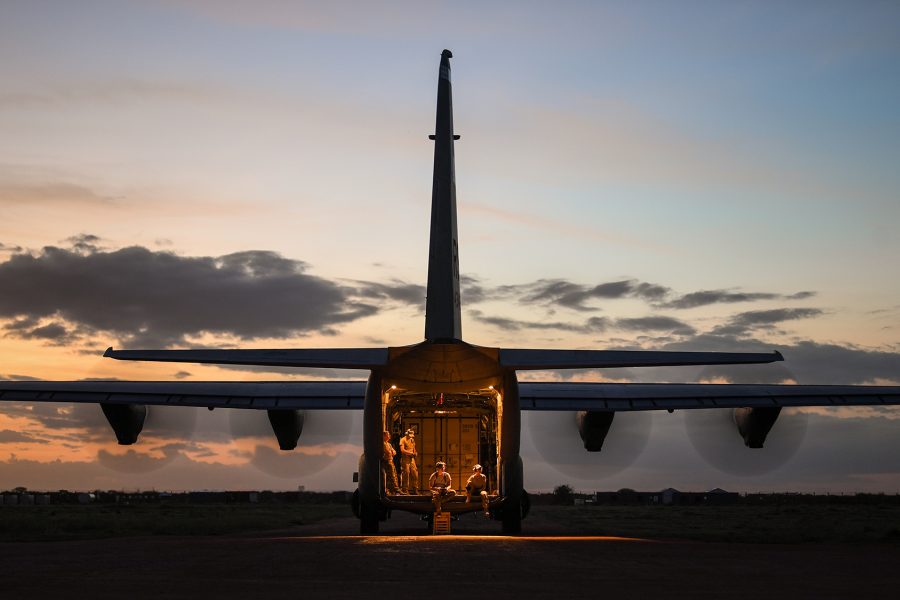Congressional authorizers are offering the Air Force less money in most areas than the service asked for in fiscal 2020, but want to put nearly $19 billion toward aircraft procurement, according to the bipartisan, bicameral defense policy bill approved by the House on Dec. 11 with a vote of 377-48.
The Air Force requested $165.6 billion dollars in 2020, a 6 percent increase over the previous year. Defense spending will total $738 billion this fiscal year as part of a two-year budget deal struck earlier in 2019. That’s up from $716 billion in fiscal 2019, but less than the $750 billion the Trump administration wanted.
After months of negotiations, authorizers published their conference report Dec. 9. The legislation hit snags like disagreements about how to address funding for a wall along the southern US border, a new Space Force, how many progressive priorities would be included, and more.
The House passed the bill with relatively minor issues compared to the party-line vote that brought the House Armed Services Committee’s version of the legislation to the chamber floor.
The Senate and President Donald Trump must still sign off on the bill for its provisions to begin taking effect.
Lawmakers provided the Air Force with 12 additional F-35A fighter jets and four more C-130Js in the joint authorization agreement, as part of an $18.6 billion aircraft procurement budget for USAF that would be almost $1.8 billion above the request if enacted into law.
Lawmakers want to shave down the Air Force’s funding request in almost all other categories. The policy bill offers:
- $2.9 billion for missile procurement
- $2.4 billion for space procurement
- $1.6 billion for ammunition procurement
- $21.3 billion for other procurement
- $45.6 billion for research and development, about $353 million lower than requested
- $43.4 billion for operations and maintenance, $1.5 billion lower than requested
Authorizers green-lit $72.4 million for the first year of Space Force operations, the same as what was requested. The Air Force’s Reserve and Guard components, as well as the military construction budget, would get less money than the service wanted.
Lawmakers would allow the Air Force to meet its military personnel projections. That includes 332,800 Active Duty airmen, 107,700 in the Air National Guard, and 70,100 in the Reserve.
Many of the service’s high-profile development projects earned congressional backing. Next-Generation Air Dominance research, which is exploring technologies that would prevail in a future fight against advanced adversaries, received almost all the money it asked for at $955 million. The Advanced Battle Management System program would receive slightly less than requested at $33.6 million, while authorizers met the light attack experiment’s $35 million ask.
Other key programs like the B-21 bomber would get its full $3 billion request. The Ground-Based Strategic Deterrent nuclear missile effort earned $552.4 million in the bill.
Lawmakers also offered nearly $5 billion in procurement under the Overseas Contingency Operations account that funds emergency needs for counterinsurgency missions and other work. Authorizers provided a $1.2 billion plus-up to bring operations and maintenance to $10.5 billion through OCO.
After Category 5 Hurricane Michael swept through Tyndall AFB, Fla., in October 2018, and Offutt AFB, Neb., suffered a historic flood in March 2019, Congress is funneling more money toward their reconstruction efforts. Tyndall would receive $1.5 billion for military construction under the draft NDAA, and Offutt would get $140.5 million. JB Langley-Eustis, Va., would also see $31 million to rebuild facilities following recent storms.
Congress wants the military to submit a plan on how the rebuilt infrastructure would stand up to future extreme weather events as well.
